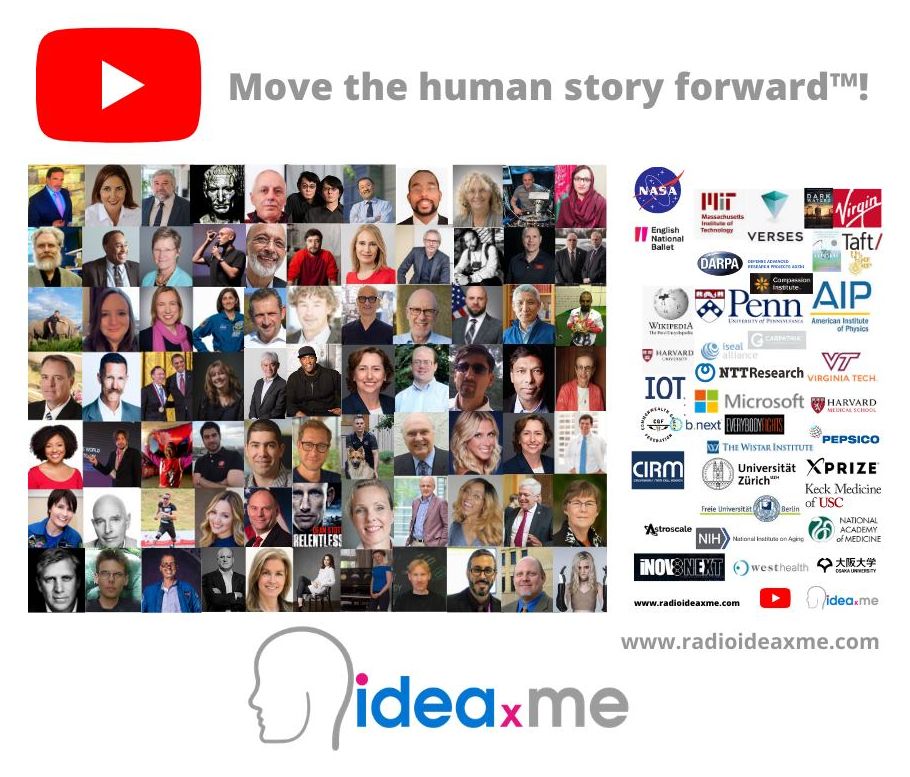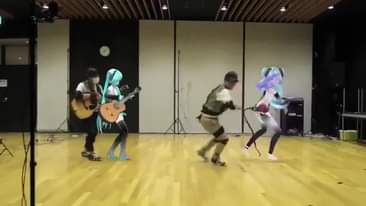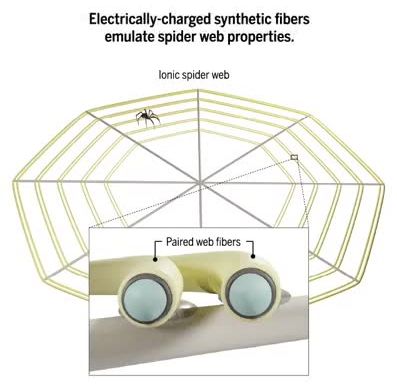As renewable energy generation grows, so does the need for new storage methods that can be used at times when the Sun isn’t shining or the wind isn’t blowing. A Scottish company called Gravitricity has now broken ground on a demonstrator facility for a creative new system that stores energy in the form of “gravity” by lifting and dropping huge weights.
If you coil a spring, you’re loading it with potential energy, which is released when you let it go. Gravitricity works on the same basic principle, except in this case the springs are 500- to 5,000-tonne weights. When held aloft by powerful cables and winches, these weights store large amounts of potential energy. When that energy is needed, they can be lowered down a mineshaft to spin the winch and feed electricity into the grid.
Gravitricity says that these units could have peak power outputs of between 1 and 20 MW, and function for up to 50 years with no loss of performance. Able to go from zero to full power in under a second, the system can quickly release its power payload in as little as 15 minutes or slow it down to last up to eight hours.






